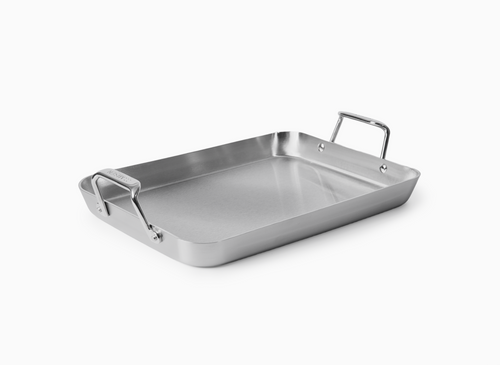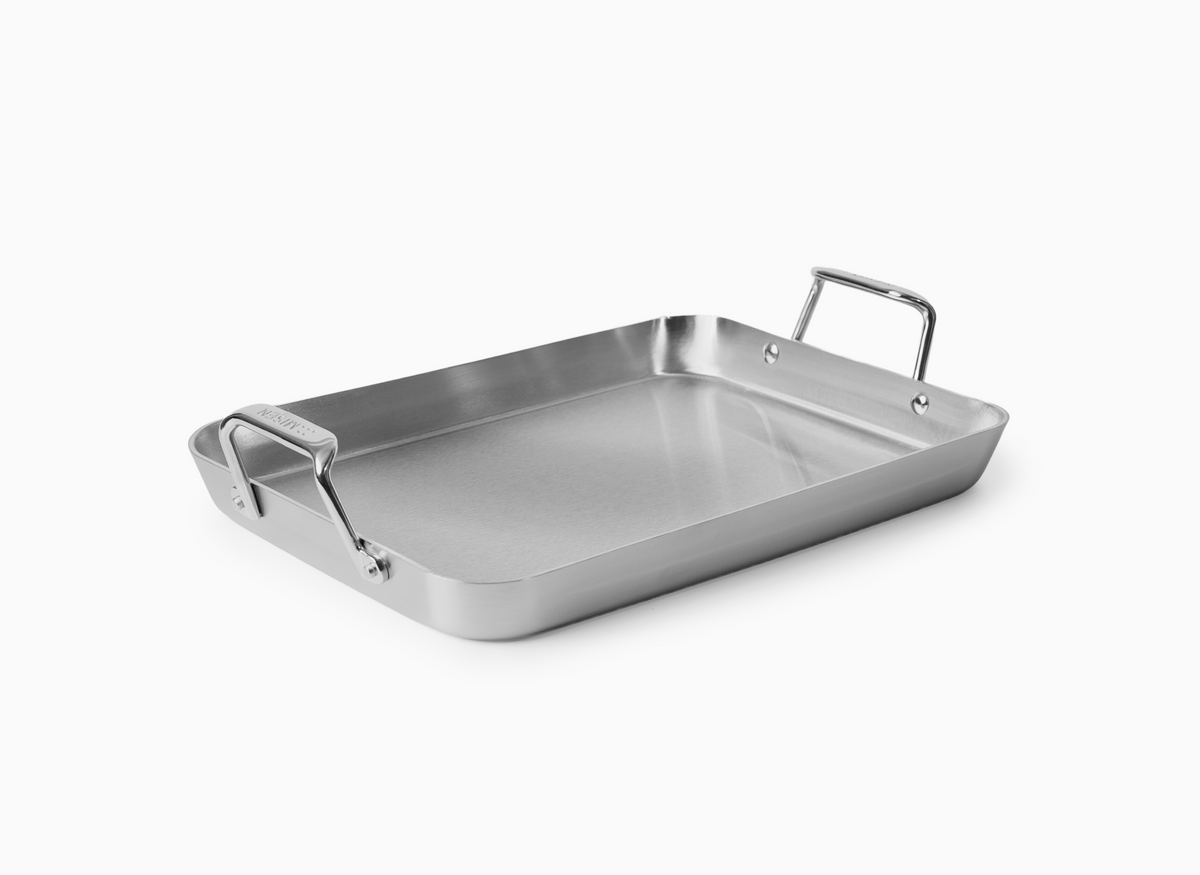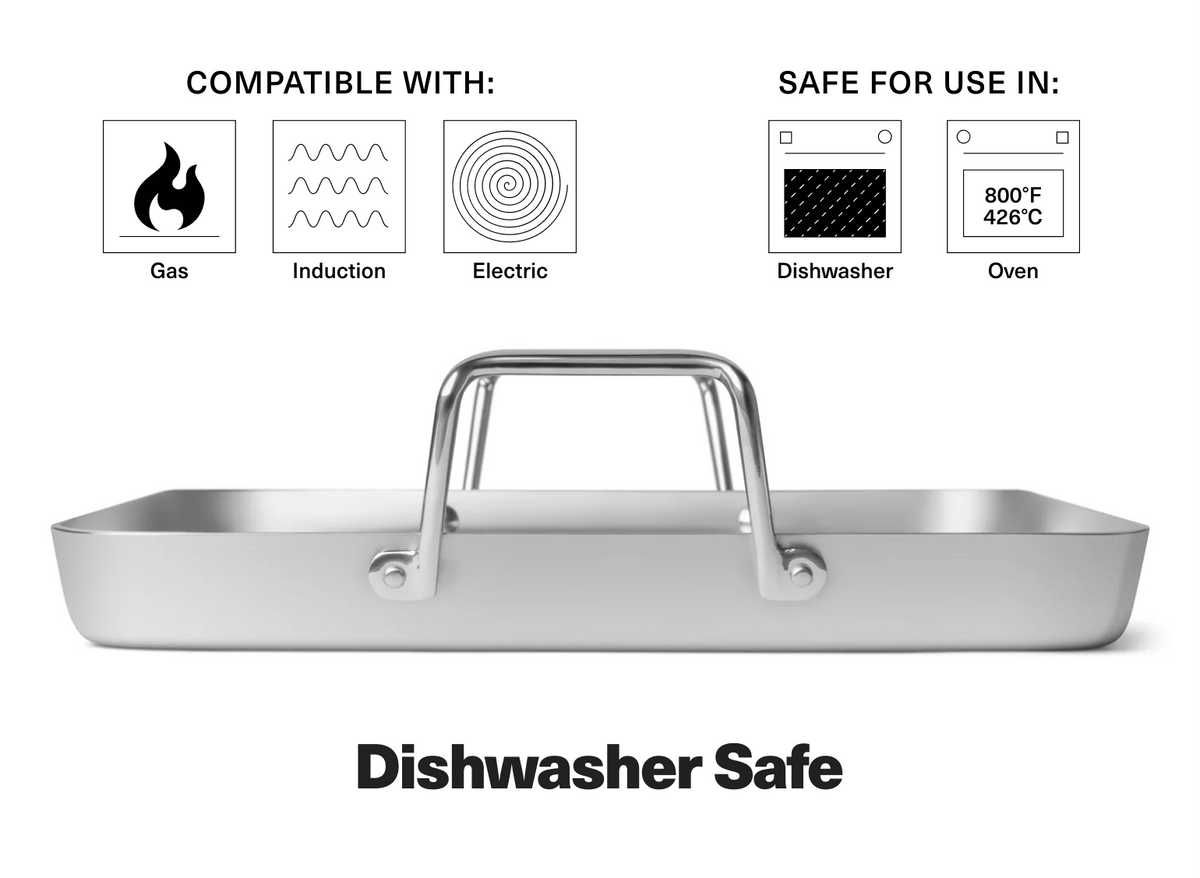Apple Peeler and Corer: Combining Functions for Efficiency

The evolution of apple peeling devices reflects centuries of innovation, from rudimentary tools to modern multi-functional appliances. Today's peelers combine peeling, coring, and slicing functions to enhance efficiency in the kitchen. This article explores the history and benefits of these versatile tools, comparing manual and electric options to help you choose the right peeler for your needs.
Introduction to Apple Peeling Tools
Evolution of apple peeling devices
The journey of apple peeling devices is a testament to human ingenuity and changing culinary needs. In the late 1700s, simple leather straps and wooden planks marked the beginnings of dedicated apple preparation tools[1]. As the Industrial Age dawned, a flood of mechanical devices hit the market, revolutionizing apple processing[2].
A pivotal moment came in 1864 when David Goodell invented the "lightning apple parer." This lathe-type peeler not only removed the skin but also sliced and cored apples in one efficient motion[2]. The period from 1803 to 1910 saw an explosion of innovation, with approximately 250 apple-peeler designs patented[1].
Modern iterations have built upon this rich history. Today's mechanical apple peelers can peel, core, and slice in one seamless action, while specialized designs like the Julienne peeler, invented in the mid-18th century, create matchstick-like vegetable strips[3]. This evolution reflects our continuous drive for kitchen efficiency and versatility.
Benefits of multi-functional apple tools
Multi-functional apple tools offer a range of advantages that streamline food preparation. By combining peeling, coring, and slicing functions, these devices significantly reduce prep time for apple-based recipes[4]. This efficiency not only saves time but also ensures consistency in the size and shape of apple pieces, crucial for even cooking and presentation.
Many of these tools feature adjustable blades, allowing users to accommodate different fruit sizes and textures. This versatility extends their utility beyond apples to other fruits and vegetables[5]. The ergonomic designs and durable materials of high-quality peelers reduce hand fatigue, making them accessible to users with limited hand strength.
Some models even offer electric options, further minimizing physical effort. These features collectively encourage more frequent use of fresh produce in cooking, potentially promoting healthier eating habits. The combination of time-saving capabilities and versatility makes multi-functional apple tools valuable additions to any kitchen arsenal.
Overview of manual vs. electric peelers
When choosing between manual and electric peelers, several factors come into play. Manual peelers offer portability and simplicity, ideal for small-scale peeling tasks. Often crafted from durable materials like enamel-coated cast iron or food-grade plastic with stainless steel blades, these devices typically require the user to mount the apple on a skewer and turn a handle[6].
In contrast, electric peelers provide efficiency and convenience, especially when processing large quantities of apples. These motorized models are particularly beneficial for users with limited hand strength or mobility issues[4]. While manual peelers are generally more affordable and easier to clean, electric versions offer speed and reduced physical effort.
Some advanced models combine peeling, coring, and even spiralizing functions, enhancing versatility in the kitchen[6]. When deciding between manual and electric peelers, consider factors such as frequency of use, storage space, and specific needs (e.g., bulk processing or multi-functionality) to guide your choice.
Peeler Apple Peeler and Corer: Combining Functions for Efficiency
Design and mechanics of the 3-in-1 tool
The 3-in-1 apple peeler, corer, and slicer is a marvel of mechanical engineering designed to streamline apple preparation. This ingenious device typically features an inverted U-shaped blade that adapts to the apple's contours, supported by a spring-loaded arm for consistent pressure. The helical cutting mechanism is achieved through a clever arrangement of blades that simultaneously peel, core, and slice the apple as it rotates.
The apple is mounted on a skewer connected to a hand crank or, in some models, a drill attachment for increased efficiency. This design allows for rapid processing of large quantities of apples, with some users reporting the ability to handle up to 147 pounds of fruit for various culinary applications[7].
Advanced models offer adjustable settings for slice thickness and the option to perform individual functions separately. While manual versions are common, some enthusiasts have adapted these devices to work with power drills, further accelerating the process. The combination of precision engineering and user-friendly design makes these tools invaluable for home cooks and small-scale producers alike, significantly reducing preparation time for apple-based recipes[8].
Advantages of simultaneous peeling, coring, and slicing
The simultaneous peeling, coring, and slicing functionality of modern apple tools offers remarkable advantages in efficiency and consistency. These devices can process apples at an astonishing rate, with some users reporting the ability to create about 2 cups of peeled apple slices in just one minute[9]. This rapid processing capability is particularly valuable during busy cooking periods when every saved second counts in the kitchen[10].
The uniformity of slices produced by these tools ensures even cooking and drying times, a benefit that is challenging to achieve when slicing by hand. The thin, consistent slices are ideal for pies and dried apple preparations, reducing overall cooking and drying durations[9]. Moreover, the ability to process large quantities of apples quickly enables home cooks to efficiently prepare fruits for freezing or drying, extending the enjoyment of seasonal produce throughout the year.
While some models may struggle with very small apples or softer varieties, the overall time-saving and precision benefits make these multi-functional tools invaluable for both occasional and frequent apple processors[11].
Suitable fruits and vegetables for the device
While primarily designed for apples, the versatility of peeler, corer, and slicer devices extends to a variety of fruits and vegetables. These tools can efficiently process pears, which have a similar shape and texture to apples, making them ideal for pies, tarts, and preserves. Potatoes are another excellent candidate for these devices, allowing for quick preparation of uniform slices for dishes like scalloped potatoes or homemade chips[12].
Some models offer even greater versatility, capable of spiralizing a wide range of produce including zucchini, cucumbers, and carrots[8]. This adaptability makes these tools valuable for creating vegetable noodles, garnishes, and decorative fruit arrangements. However, it's important to note that softer fruits and vegetables may not work as well with these devices, as they require a certain firmness to maintain their shape during the peeling and slicing process.
For optimal results, users should experiment with different produce types and adjust the blade settings accordingly, ensuring the tool's functionality extends far beyond its primary apple-processing purpose.
Choosing the Right Apple Peeler
Factors to consider when selecting an apple peeler
When selecting an apple peeler, several key factors should be considered to ensure you choose the right tool for your needs. Ease of use is paramount, as some models may require more effort or skill than others. The time efficiency of the peeler is crucial, especially for those processing large quantities of apples.
Waste reduction is another important aspect, with some peelers removing excessive amounts of flesh along with the peel[13]. The design and mechanics of the peeler play a significant role in its performance. Suction-cup bases are often preferred over clamp models, as they allow for more flexible placement on countertops and keep the mess centralized[14].
Versatility is also a consideration, with some peelers capable of handling various fruits and vegetables beyond apples[8]. The material of the peeler, whether plastic or metal, affects its durability and longevity. Additionally, the availability of replacement blades and parts should be taken into account for long-term use.
For those processing large quantities of apples, investing in a multi-functional tool that can peel, core, and slice simultaneously may be worthwhile, despite the higher initial cost[13].
Comparison of countertop and handheld models
Countertop apple peelers offer distinct advantages over handheld models, particularly when processing large quantities of fruit. These devices typically feature a sturdy base with suction cups or clamps for stability, allowing for efficient peeling, coring, and slicing in one continuous motion. Some advanced models are capable of handling various fruits and vegetables beyond apples[4].
Countertop models often boast faster processing times, with some capable of peeling an apple in under 30 seconds. However, they require more storage space and may be less portable than their handheld counterparts. Handheld peelers offer simplicity and compact storage options. These tools are ideal for occasional use or smaller kitchens, fitting easily into drawers alongside other utensils.
While they may require more manual effort, handheld peelers provide greater control and precision, especially when working with irregularly shaped fruits or vegetables[4]. Some users prefer the tactile experience and traditional approach of handheld peelers, particularly for small-batch cooking or when preparing fruits with delicate skins.
The choice between countertop and handheld models ultimately depends on factors such as frequency of use, available storage space, and personal preference in kitchen tools.
Durability and material considerations
When selecting an apple peeler, durability and material quality are crucial factors to consider. Many high-quality peelers feature enamel-coated cast iron or food-grade plastic construction, ensuring longevity and resistance to wear. Stainless steel blades are preferred for their sharpness retention and rust resistance, often enhanced with a chrome layer to prevent food reactivity[6].
For manual peelers, ergonomic handles with soft grips enhance comfort and safety during extended use. Some models feature cleverly designed blades that protrude slightly beyond the cutting edges, facilitating easier initial penetration of the apple skin and ensuring smooth operation[15].
When considering electric peelers, look for models with robust motors and easily replaceable parts to extend the device's lifespan. Ultimately, investing in a well-constructed apple peeler made from high-quality materials not only ensures better performance but also provides long-term value for frequent users.
Proper Use and Maintenance
Setting up and operating the apple peeler
Setting up and operating an apple peeler requires attention to detail and proper technique for optimal results. For countertop-mounted models, begin by securing the suction base to a clean, flat surface. Lightly moisten the suction cup and press it firmly onto the counter, then engage the lever to ensure stability.
Next, adjust the blades according to your desired outcome - whether peeling only or peeling, coring, and slicing. Attach the apple to the prongs, aiming for a level and centered position. Crank the handle steadily to process the apple, being mindful of the blade pressure to avoid excessive flesh removal.
For electric peelers, place the device on a flat surface and plug it in. Mount the apple securely on the bottom prongs, ensuring it's upright and centered. Adjust the blades as needed, then activate the machine and allow it to process the apple automatically.
Handheld peelers require a different approach: grip the apple firmly in your non-dominant hand, using a kitchen towel if necessary for added stability. Hold the peeler in your dominant hand and guide it along the apple's contours, allowing the blade to swivel and adapt to the fruit's shape.
Regardless of the peeler type, practice and patience are key to achieving consistent results and minimizing waste[16].
Cleaning and storage best practices
Proper cleaning and storage of your apple peeler are crucial for maintaining its performance and longevity. After each use, disassemble the peeler according to the manufacturer's instructions and remove any visible food residue using a small brush or toothbrush. Gently scrub the blades in a circular motion, being cautious to avoid cuts.
Wash the disassembled parts in warm, soapy water, paying extra attention to crevices where food particles may accumulate. Rinse thoroughly and dry completely with a clean towel to prevent water spots or rust formation. For stubborn stains, soak the peeler in a solution of warm water and white vinegar before scrubbing.
To maintain blade sharpness, consider regular honing with a sharpening stone or rod. Apply a food-grade lubricant to moving parts sparingly to ensure smooth operation. When storing, keep the peeler in a clean, dry place away from moisture and potential contaminants.
Regularly inspect the device for signs of wear or damage, addressing any issues promptly to prevent further deterioration. By following these practices, you'll ensure your apple peeler remains a reliable kitchen tool for years to come.
Troubleshooting common issues
Troubleshooting common issues with apple peelers can help maintain their efficiency and longevity. Rust prevention is crucial; thoroughly drying the blades after each use is essential. If rust appears, gently scrub the affected areas with a mixture of baking soda and water or a specialized rust remover.
For stubborn stains or residue, soak the peeler in a solution of warm water and white vinegar, which can effectively break down tough buildup. Dull blades significantly impact performance; if the peeler struggles to cut through fruit, it's time for sharpening. Use a sharpening stone or honing rod, following manufacturer instructions or seeking professional assistance if needed.
Some users report challenges with irregularly shaped or very small apples. In such cases, pre-cutting larger apples or using a manual peeler for smaller fruits may be more effective. Additionally, if the peeler's suction base loses grip, clean both the base and the counter surface thoroughly, ensuring they're completely dry before reattaching.
For electric models, check power connections and motor function if the device fails to operate. Regular inspection of all parts, including blades and moving components, can prevent many issues before they arise, ensuring your apple peeler remains a reliable kitchen tool.
Alternative Peeling Methods
Unconventional peeling tools and hacks
While traditional apple peelers are efficient, unconventional tools and hacks can offer unique solutions for fruit and vegetable preparation. One innovative approach involves repurposing citrus peels for culinary enhancement. Using a vegetable peeler or specialized channel knife, wide swaths of citrus peel can be cut to create aromatic twists. These twists not only add visual appeal to cocktails but also release essential oils that elevate the drink's flavor profile[17].
For those seeking to reduce waste, fruit and vegetable peels can be transformed into flavorful additions to various dishes. Potato peels, often discarded, can be baked into crispy chips, while onion peels can add depth to homemade soups and stocks. Citrus peels can be dried and ground into a powder, creating a versatile seasoning for salads, soups, or baked goods. Even seemingly unusable peels like those from watermelons can be repurposed into unique sabzi dishes[18].
These unconventional methods not only maximize the use of produce but also introduce new textures and flavors to everyday cooking.
When to choose manual peeling over mechanical methods
While mechanical apple peelers offer efficiency for large-scale processing, manual peeling remains advantageous in certain scenarios. For small batches or irregularly shaped apples with diameters outside the 55-85mm range, hand peeling provides greater flexibility and precision[19]. Manual methods are also preferable when dealing with delicate or thin-skinned varieties that may be damaged by mechanical peelers.
In cases where maintaining the apple's integrity is crucial, such as for decorative culinary presentations or when a specific peel pattern is desired, hand peeling allows for more control. Additionally, for home cooks or small-scale operations where the investment in specialized equipment may not be justified, manual peeling remains a cost-effective and accessible option.
The choice between manual and mechanical methods ultimately depends on factors such as volume, apple characteristics, intended use, and available resources.
Conclusion
In conclusion, the evolution of apple peeling devices has led to the development of efficient, multi-functional tools that can significantly streamline kitchen tasks. Whether you opt for a manual or electric model, the right apple peeler can save time and ensure consistency in your culinary creations.
For those looking to expand their kitchen toolkit beyond apple peelers, our carbon steel wok offers exceptional versatility for a wide range of cooking techniques. Its durable construction and excellent heat distribution make it perfect for stir-frying, deep-frying, and even some baking applications.
Ready to elevate your cooking game with high-quality, versatile kitchen tools? Shop Now and discover our range of premium cookware designed to help you cook better and more efficiently.
- Apple peeling devices have evolved from simple tools to multi-functional appliances that can peel, core, and slice in one motion.
- Multi-functional apple tools offer significant time-saving benefits and ensure consistency in food preparation.
- When choosing between manual and electric peelers, consider factors such as frequency of use, storage space, and specific needs.
- Proper maintenance, including regular cleaning and careful storage, is crucial for the longevity of your apple peeler.
- While mechanical peelers offer efficiency, manual peeling still has its place for certain tasks and situations.
- Edible Manhattan. (n.d.). Peeling Back History.
- Tehachapi News. (n.d.). Pen in Hand: Apple peeler 150 years later, Goodell's invention still saves time.
- Wikipedia. (n.d.). Peeler.
- The Spruce Eats. (n.d.). Best Apple Peeler Corer Slicer.
- Maria's Condo. (n.d.). The Versatility of Apple Peelers: A Deep Dive into Its Functions.
- Chicago Tribune. (2020). The Best Apple Peeler.
- Core77. (n.d.). More Drills vs Apples and Other Fruit Peeling Contraptions.
- Eater. (n.d.). Apple Picking Tools Guide Peeler Picker.
- Fresh Bites Daily. (n.d.). Apple Peeler Corer Slicer.
- New York Times Wirecutter. (n.d.). King Arthur Apple Peeler Corer Slicer.
- Webstaurant Store. (n.d.). Choice Cast Aluminum Apple Slicer Peeler Corer with Stainless Steel Blade.
- Amazon. (n.d.). Peelers Stainless Suction Included Cleaning.
- Taste of Home. (n.d.). Apple Peeler Corer Slicer.
- Healthy Canning. (n.d.). Apple Peelers Home Canning.
- America's Test Kitchen. (n.d.). Apple Corer Slicers.
- The Daring Kitchen. (n.d.). How to Use an Apple Peeler.
- Tommy Acy. (n.d.). Citrus Twists.
- Times of India. (n.d.). 7 Creative Ways to Repurpose Leftover Vegetable and Fruit Peels.
- Kronen. (n.d.). Apple Peeling and Slicing Machine AS 4.








